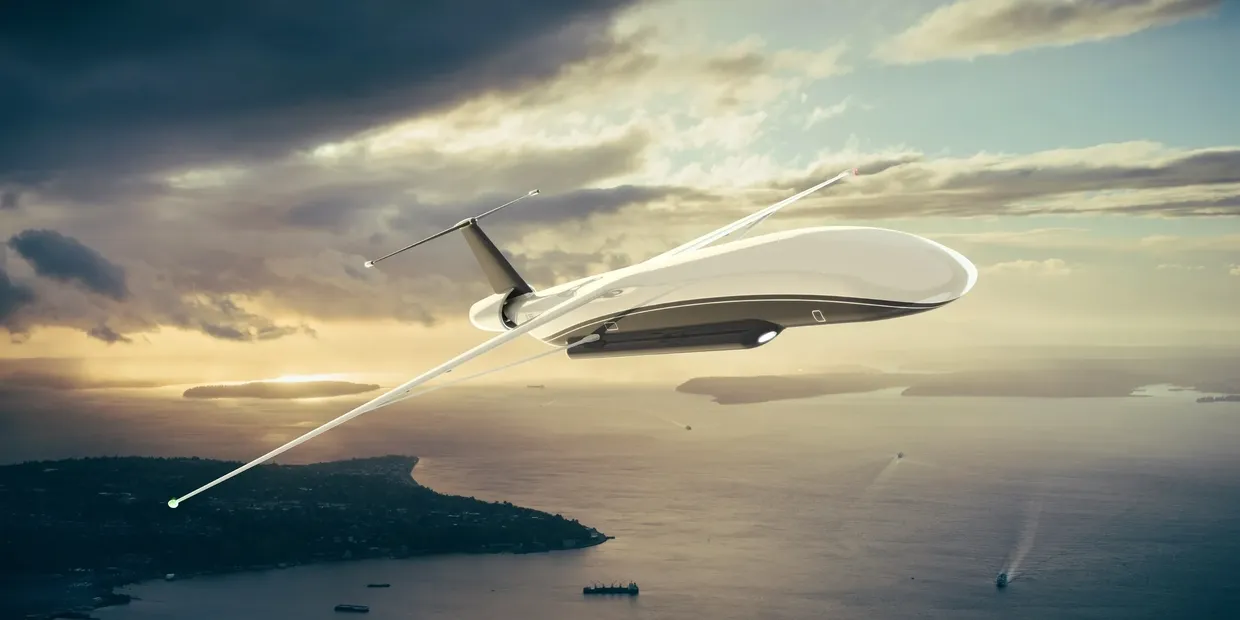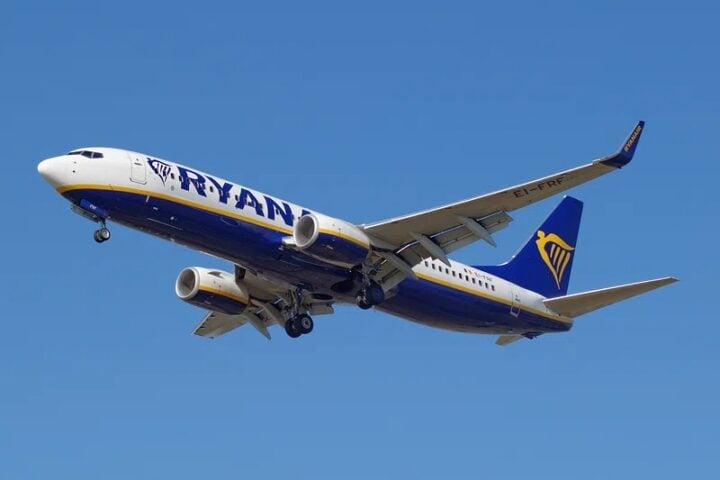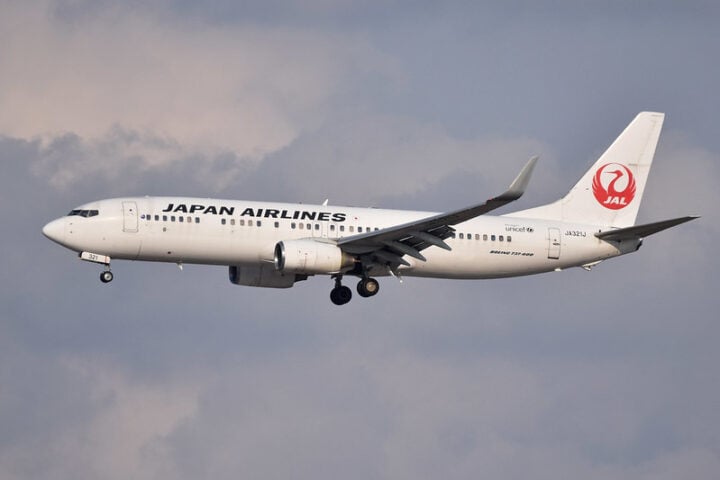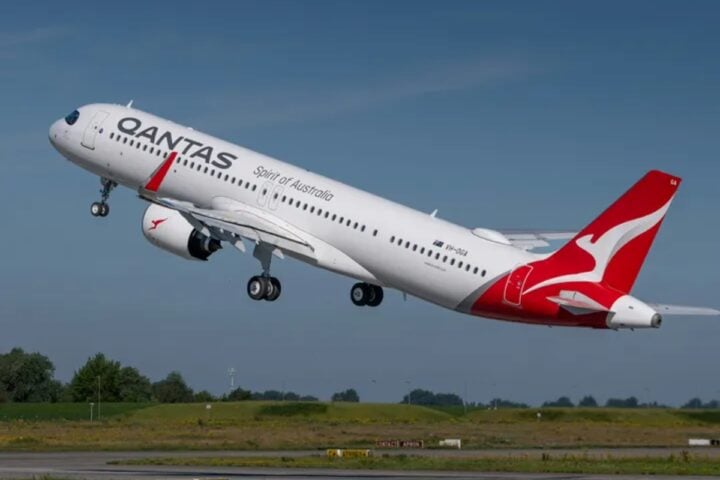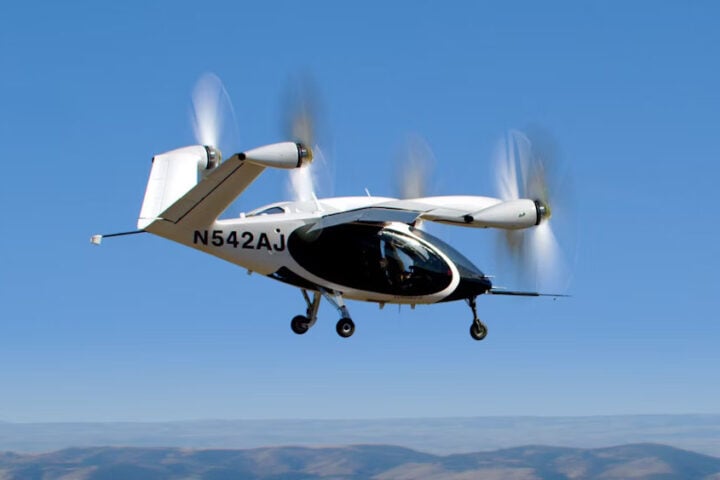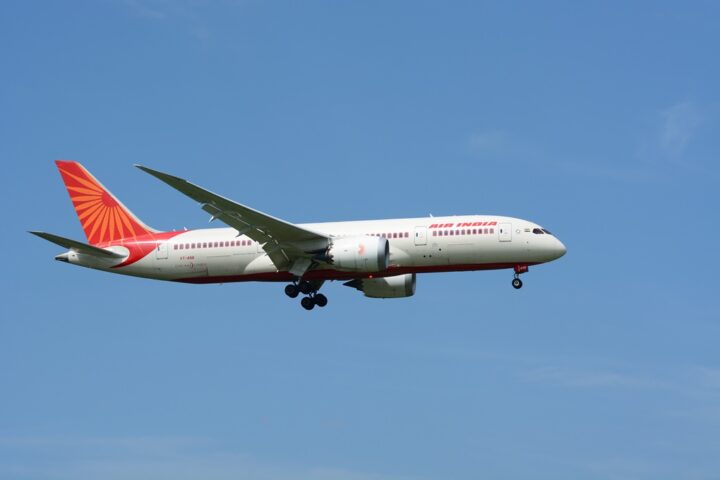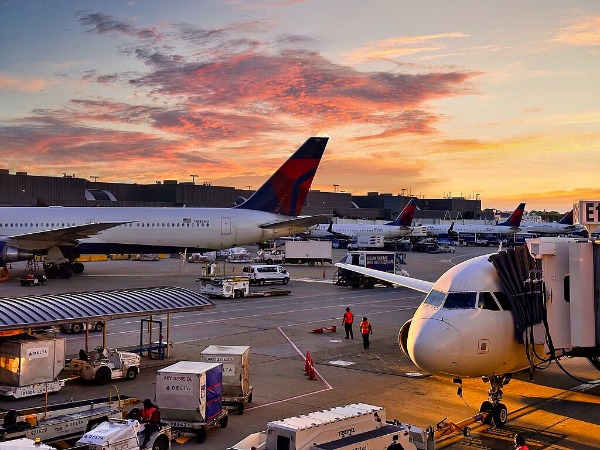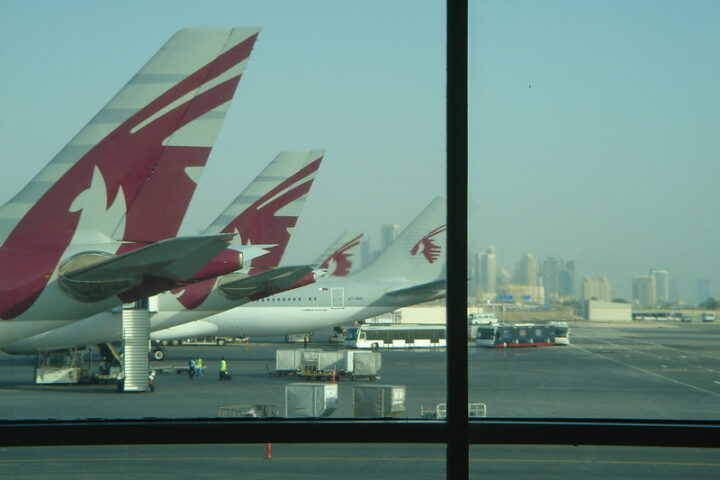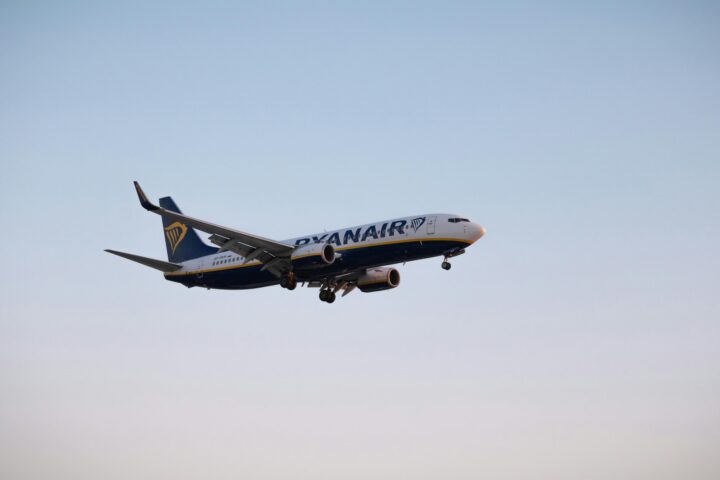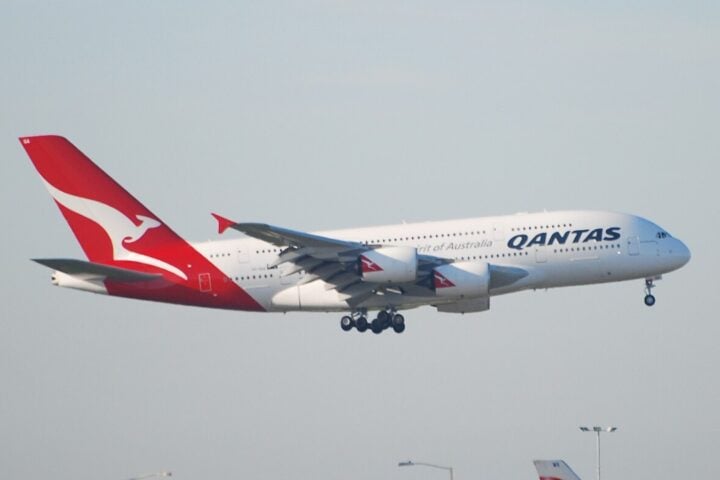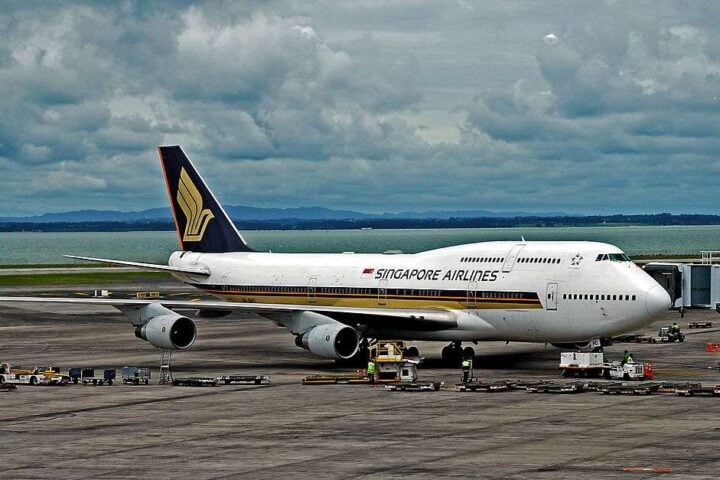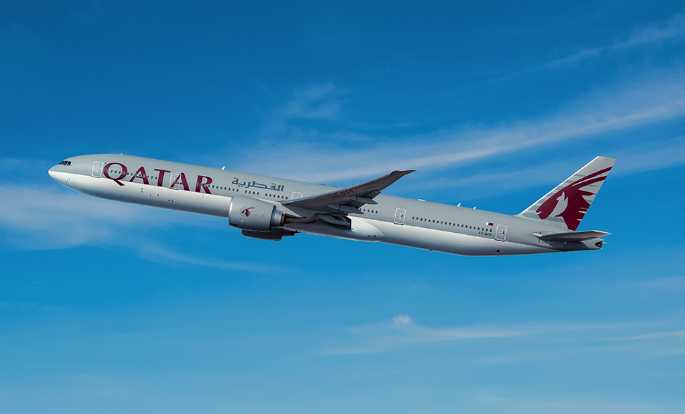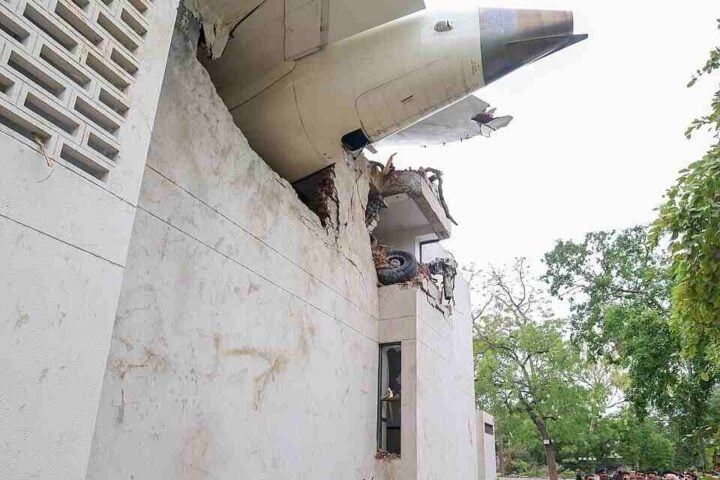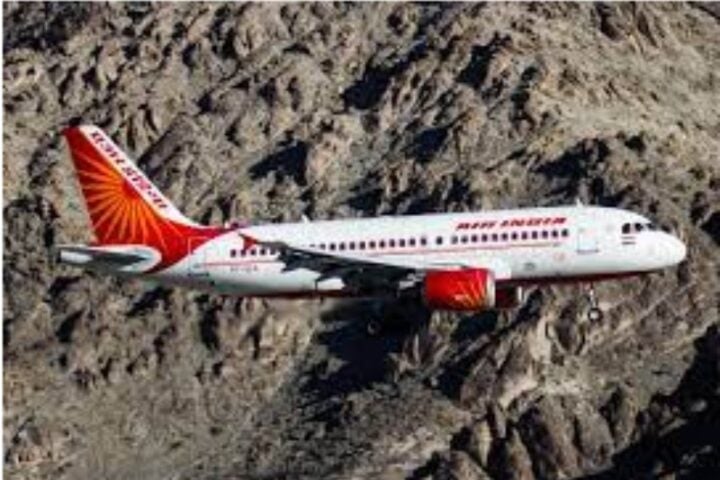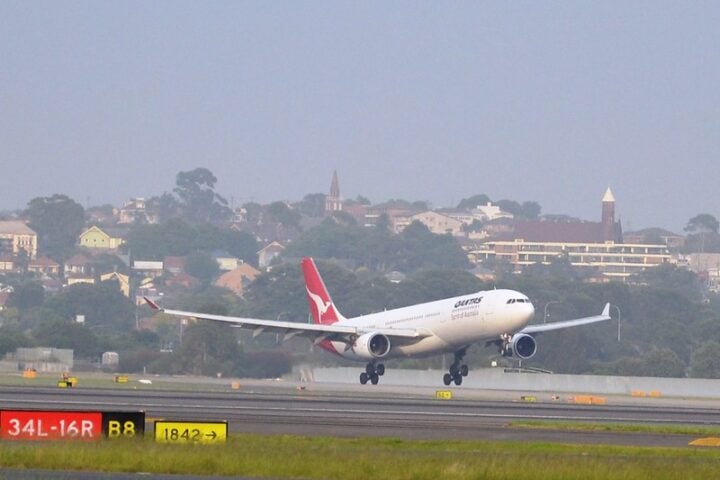The coming new technology, Droneliner Autonomous Drone air freight, marks a terrific change in the aviation industry, bringing shipping containers to the sky and saving time and cost. A startup company has launched this incredible droneliner. It is operated in a remotely-piloted roll-on/roll-off drone and hybrid, carrying 40 or more lightweight 20ft shipping containers and providing same-day/next-day worldwide bulk cargo delivery. However, it faces challenges related to infrastructure and regulations set by countries.
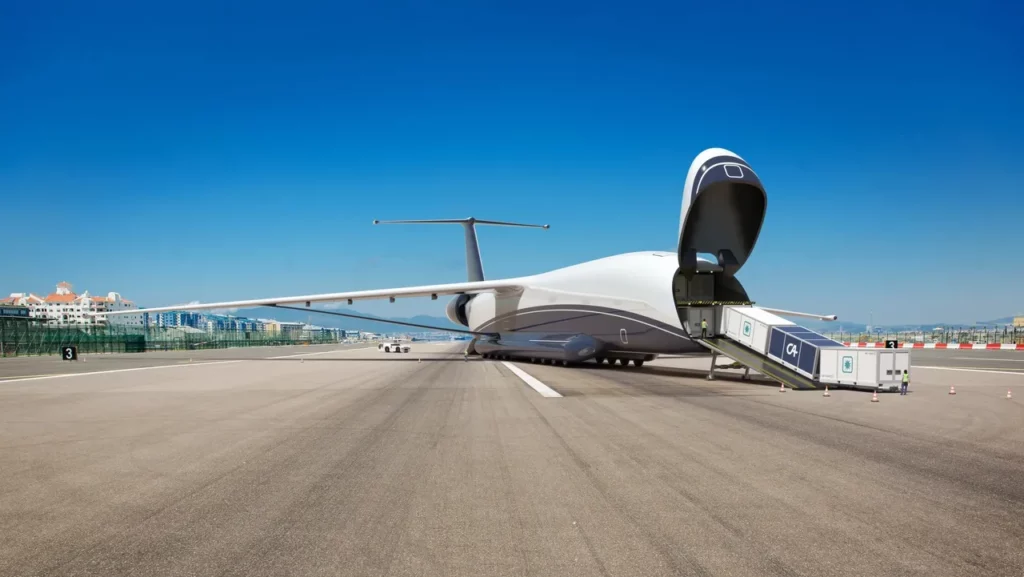
According to sources, the Droneliner is the most fuel-efficient long-haul cargo aircraft, offering the greatest ratio of payload to fuel. Its hybrid system supports take-off, landing, taxiing, and regenerates the power supplies with no bleed air. Its aerodynamic design is focused on fuel-efficient drag reduction, making it a perfect alternative for expensive and scarce SAF and hydrogen fuel solutions.
Two factors influence shipping decisions: time and cost. Air freight faces complex issues like prohibitive costs due to limited payload, fuel costs, loading and unloading processes, and crew payroll. Sea freight, although cheaper, takes much longer (weeks instead of days).
Similar Posts
Airfreight is the fastest method of transporting cargo, but it is also the most expensive. Most cargo aircraft have cylindrical bodies with concave inner walls, similar to passenger airliners. However, the Droneliner’s body shape is more like a smooth-edged rectangular box, allowing conventional style 20 feet inter-modal shipping containers to be rolled on and off via ramps in its wide opening front and rear ends.
The Droneliners come in two versions: the single-engine DL200, which can accommodate 36 to 40 containers on two levels for a maximum cargo weight of 200 tons, and the twin-engine DL350, carrying 70 to 80 containers on three levels, managing up to 350 tons. They both have a range of 6,500 nautical miles or 12,038 km. These designs are still largely conceptual at this point.
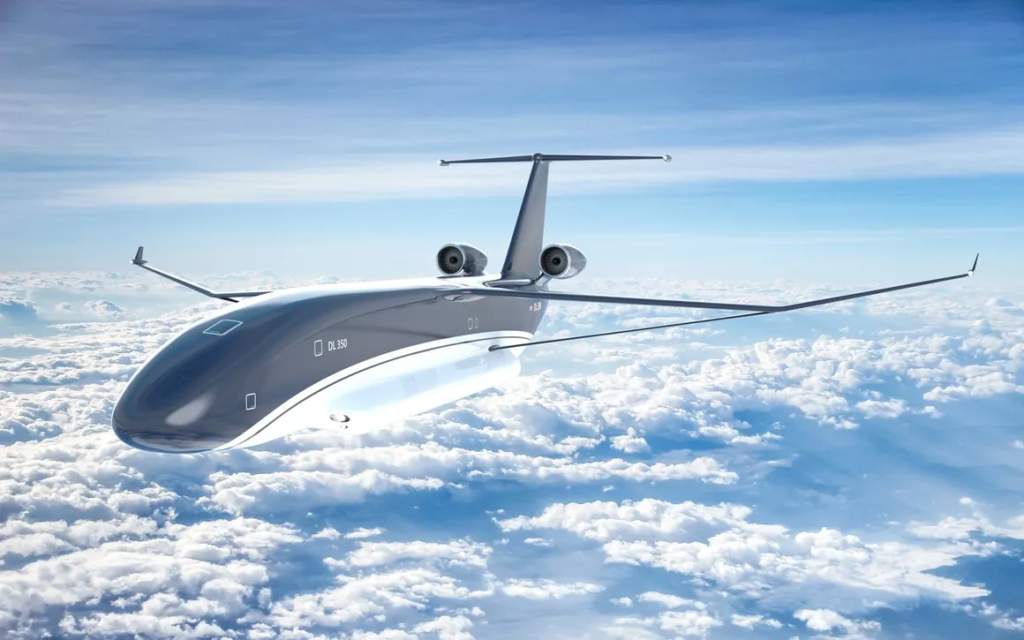
In comparison to current cargo planes, which have a payload to fuel ratio of anything up to 1:4, the Droneliner uses sustainable fuels on the journey to Net Zero while massively reducing operating costs. Existing cargo planes often have to take breaks for more fuel and crew. In contrast, the Droneliner can make long-haul journeys in a single flight.
Shipping ports are becoming busier and more congested as container ships grow in number and size. Airports, prioritizing passenger traffic, add to the delays in cargo delivery, increasing time and cost to supply chains.
The Droneliner serves as a multi-purpose platform for military & civilian containerized intermodal freight, air-to-air refueling, military air-drop, disaster relief & virus-free unmanned delivery, and emergency aid and supplies.
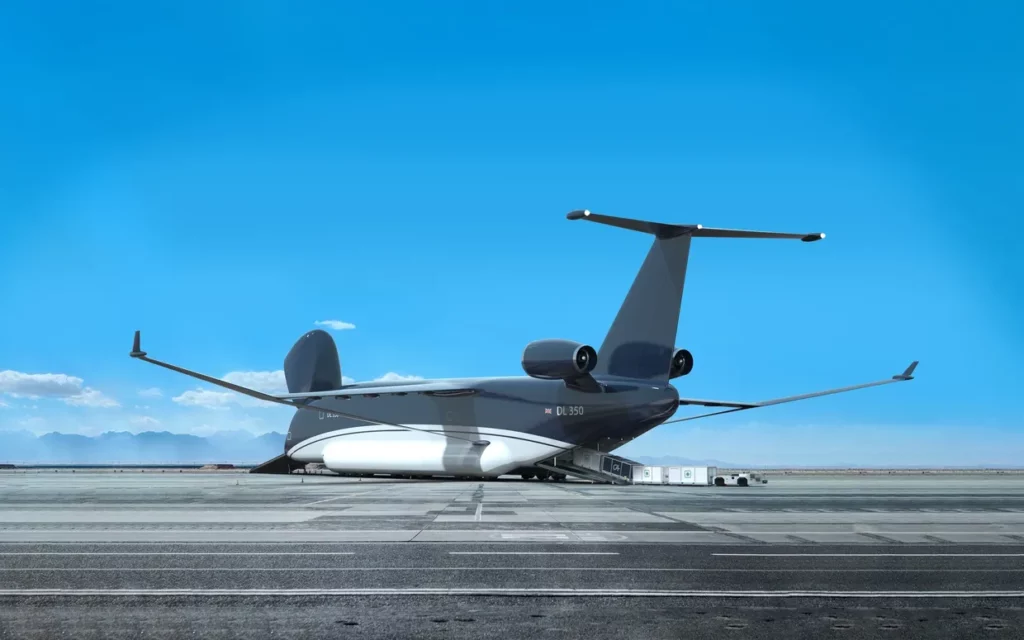
The Droneliner could be an excellent alternative to existing cargo systems. It can reduce the cost of airfreight by more than 70%, decrease delivery time, reduce emissions, and make airfreight a viable option for many more goods.
